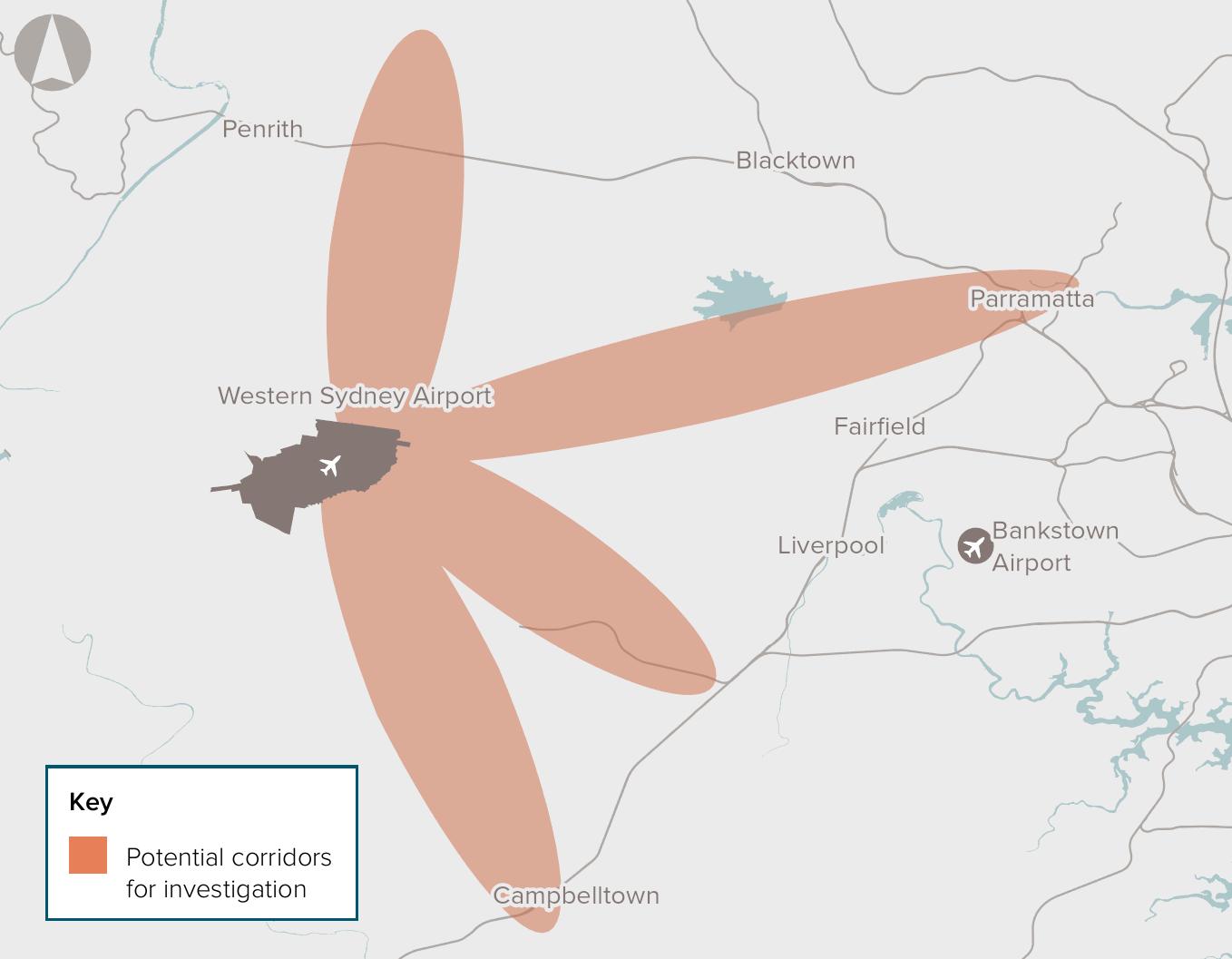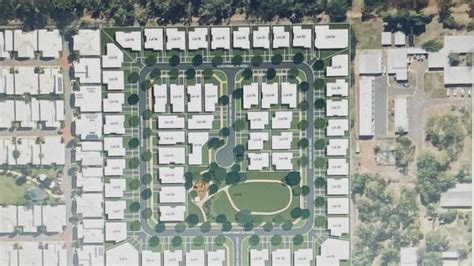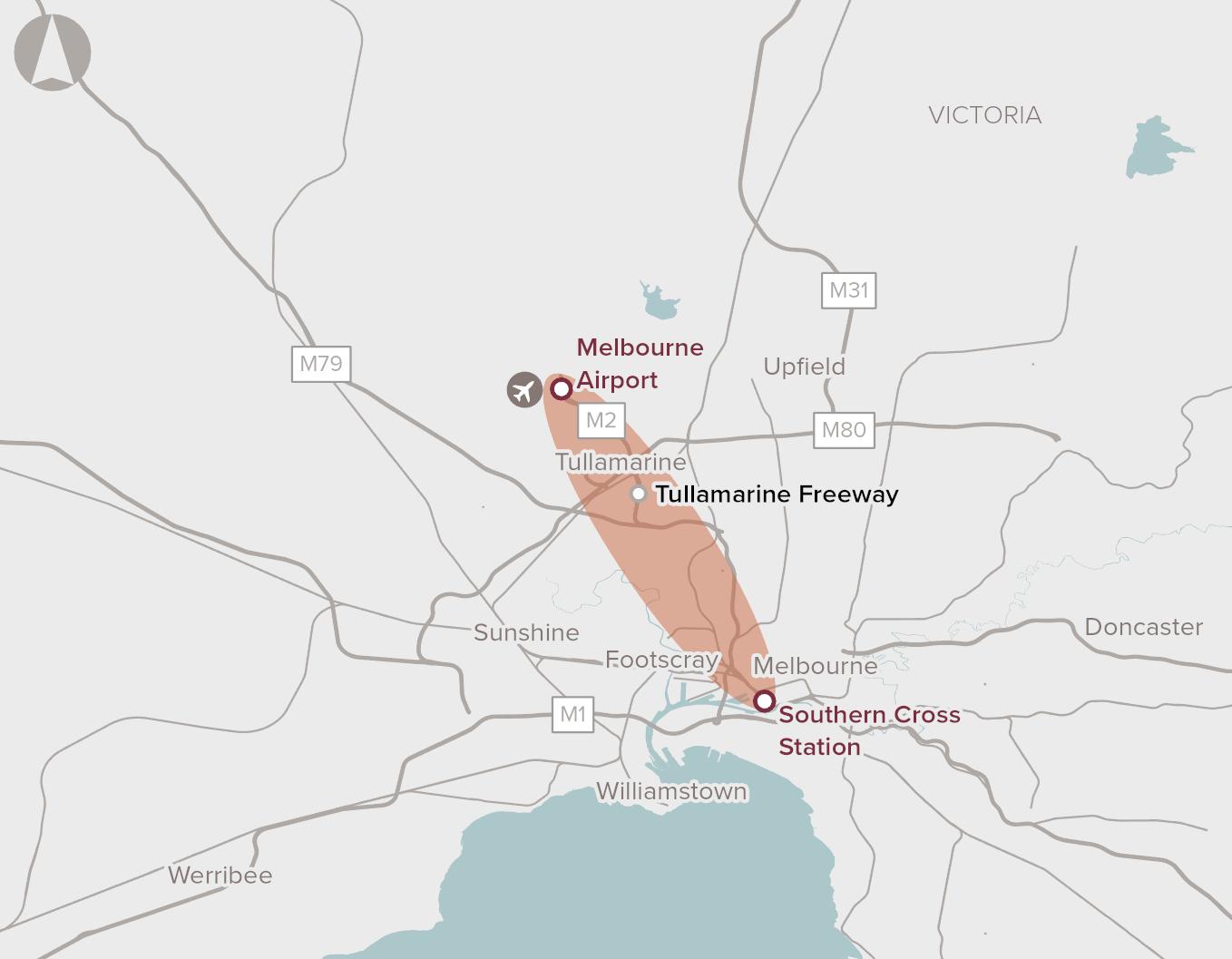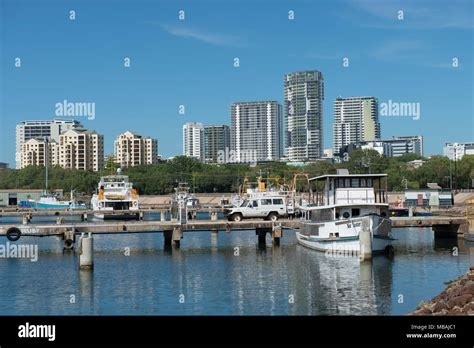Chart Color Schemes
est. as @ -- *
ABS ERP | -- people | --
2021 Census | -- people
Sales Activity
Curious about local property values? Filter the chart to assess the volume and appreciation (including resales) trends and regional comparisons, or scroll to the map below view this information at an individual property level.
Find a Recent Sale
Sales Detail
Population
Wagaman has shown very soft population growth performance across periods assessed by AreaSearch
Wagaman's population is around 2,055 as of Aug 2025. This reflects an increase of 32 people since the 2021 Census, which reported a population of 2,023 people. The change is inferred from the estimated resident population of 2,055 from the ABS as of June 2024 and address validation since the Census date. This level of population equates to a density ratio of 2,446 persons per square kilometer. Population growth for the area was primarily driven by overseas migration that contributed approximately 72.1% of overall population gains during recent periods.
AreaSearch is adopting ABS/Geoscience Australia projections for each SA2 area, as released in 2024 with 2022 as the base year. For areas not covered by this data, AreaSearch applies growth rates by age cohort to each area, as provided by the ABS in its latest Greater Capital Region projections (released in 2023, based on 2022 data). Looking at population projections moving forward, a population increase just below the median of national statistical areas is expected. The area is expected to increase by 190 persons to 2041 based on the latest population numbers, recording a gain of 9.2% in total over the 17 years.
Frequently Asked Questions - Population
Development
Residential dwelling approval activity has been practically non-existent in Wagaman
Wagaman averaged approximately one new dwelling approval per year. The Australian Bureau of Statistics produces development approval data on a financial year basis, with seven homes approved over the past five financial years between FY20 and FY25, and zero approvals so far in FY26.
Wagaman has experienced population decline, suggesting that new supply may have been keeping up with demand, offering buyers good choice. Compared to Greater Darwin, Wagaman records markedly lower building activity. This limited new supply generally supports stronger demand and values for established properties.
Nationally, this level is below average, indicating the area's maturity and possible planning constraints. By 2041, Wagaman is projected to grow by 190 residents. If current development rates continue, housing supply may not keep pace with population growth, potentially increasing competition among buyers and supporting stronger price growth for dwellings under construction.
Frequently Asked Questions - Development
Infrastructure
Wagaman has limited levels of nearby infrastructure activity, ranking in the 2ndth percentile nationally
Changes to local infrastructure significantly impact an area's performance. AreaSearch identified two projects likely to affect the area: Casuarina Aquatic and Leisure Centre, Royal Darwin Hospital (RDH) Mental Health Inpatient Unit and CSSD upgrades, Casuarina Square Redevelopment, Northern Suburbs Youth Hub.
Professional plan users can use the search below to filter and access additional projects.
INFRASTRUCTURE SEARCH
Frequently Asked Questions - Infrastructure
Royal Darwin Hospital (RDH) Mental Health Inpatient Unit and CSSD upgrades
Three-storey mental health facility on the RDH campus delivering 24 beds (18 inpatient + 6-bed Stabilisation Assessment and Referral Area) connected to the Emergency Department by an enclosed elevated walkway, plus upgrades to the Central Services Sterilisation Department. Managing Contractor: Sitzler. Architects: Ashford Architects (now Ashford Lamaya). Construction commenced 2023 and is tracking toward completion in 2025.

John Stokes Square Redevelopment
The Nightcliff area in Northern Territory is undergoing redevelopment, with works in the John Stokes Square already underway. The redevelopment will feature a 24 Hour Police Station, specifically designed public housing including for seniors and people living with disabilities, a pedestrian-friendly link between the Nightcliff Village and Nightcliff Shopping Centre, open space and the expansion of local services. The construction of these important amenities will create more than 250 local jobs over the lifetime of the project.

Berrimah North Area Plan
Strategic area plan included in the NT Planning Scheme (since December 2014) guiding future land use west of Vanderlin Drive, enabling coordinated commercial, light industrial, employment and residential development with supporting infrastructure. Current NT Budget (2025) includes headworks funding to support implementation across the Greater Darwin region, including Berrimah North.

Hudson Creek Power Station
12MW natural gas-fired power plant, NT's first privately owned grid-connected gas generation facility. Features 25% lower emissions than average NT gas generators. Part of dual project with Batchelor Solar Farm, creating 162 construction jobs and providing vital grid stability to Darwin-Katherine network.

Marine Industry Park
Marine and offshore industries servicing hub at East Arm, Darwin. Stage 1 planning approval is secured for a purpose-built industrial subdivision near the new Darwin Ship Lift, with expressions of interest open for serviced lots. Existing common-user facilities include an all-tide barge ramp (first point of entry) and a secure hardstand supporting storage and fabrication activities.

Darwin Corporate Park
Darwin Corporate Park is a premier business park for mixed use commercial office space located in what is now recognised as the centre of greater Darwin.

Frances Bay Mooring Basin lock upgrade
The Northern Territory Government has completed a $20 million upgrade of the Frances Bay Mooring Basin lock. The upgrade includes delivering new lock doors, modernising mechanical and electrical systems, and extending the life of the asset to ensure long-term sustainability, efficiency, and safety for industries such as seafood, pearling, and charter vessels.

Casuarina Aquatic and Leisure Centre
A new $26.8 million aquatic and leisure centre in Casuarina, featuring an 8-lane 50m pool, a resort-style lagoon pool, a learn-to-swim pool, wet and dry play areas, a cafe, BBQ facilities, a gymnasium, and a basketball 3-on-3 court. The project was funded by the City of Darwin and the Australian Government.

Employment
The labour market in Wagaman demonstrates typical performance when compared to similar areas across Australia
Wagaman has a well-educated workforce with significant representation from essential services sectors. Its unemployment rate is 3.7%, with an estimated employment growth of 3.0% over the past year as of June 2025.
There are 1,160 residents employed while the unemployment rate is 0.7% higher than Greater Darwin's rate of 3.0%. Workforce participation in Wagaman is lower at 66.3%, compared to Greater Darwin's 69.7%. Employment among residents is concentrated in health care & social assistance, public administration & safety, and accommodation & food sectors. Wagaman has a particular employment specialization in health care & social assistance with an employment share of 1.3 times the regional level, while public administration & safety has limited presence at 13.2% compared to the regional average of 19.5%.
The predominantly residential area appears to offer limited local employment opportunities, as indicated by the count of Census working population versus resident population. In the 12-month period ending June 2025, employment increased by 3.0% alongside a labour force increase of 2.9%, causing the unemployment rate to fall by 0.1 percentage points. This contrasts with Greater Darwin where employment rose by 2.9%, the labour force grew by 2.9%, and unemployment fell marginally. State-level data up to Sep-25 shows NT employment grew by 1.0% year-on-year, adding 1,710 jobs, with the state unemployment rate at 4.2%. This compares favourably to the national unemployment rate of 4.5%, with the state's employment growth outpacing the national average of 0.26%. Jobs and Skills Australia's national employment forecasts from May 2025 suggest that Wagaman's employment could grow by approximately 6.6% over five years and 13.8% over ten years, based on a simple weighting extrapolation using the local employment mix.
Frequently Asked Questions - Employment
Income
The economic profile demonstrates above-average performance, with income metrics exceeding national benchmarks based on AreaSearch comparative assessment
Wagaman's median income among taxpayers was $51,807 in financial year 2022. The average income stood at $60,335 during the same period. These figures compare to Greater Darwin's median and average incomes of $65,522 and $75,260 respectively. Based on a 10.44% growth in wages since financial year 2022, current estimates for Wagaman would be approximately $57,216 (median) and $66,634 (average) as of March 2025. According to Census 2021 income data, incomes in Wagaman cluster around the 66th percentile nationally. The data shows that 37.1% of Wagaman's population falls within the $1,500 - $2,999 income range, with 762 individuals in this category. This figure is consistent with broader trends across the region, where 36.7% of residents fall into the same income bracket. Housing accounts for 14.1% of income in Wagaman, while strong earnings place residents within the 74th percentile for disposable income. The area's SEIFA income ranking places it in the 4th decile.
Frequently Asked Questions - Income
Housing
Wagaman is characterized by a predominantly suburban housing profile, with above-average rates of outright home ownership
The dwelling structure in Wagaman, as per the latest Census, consisted of 80.6% houses and 19.3% other dwellings (semi-detached, apartments, 'other' dwellings). This contrasts with Darwin metro's figures of 68.4% houses and 31.6% other dwellings. Home ownership in Wagaman was 22.4%, similar to Darwin metro. The remaining dwellings were either mortgaged (36.0%) or rented (41.6%). The median monthly mortgage repayment in Wagaman was $1,820, lower than the Darwin metro average of $2,028 and the national average of $1,863. The median weekly rent figure in Wagaman was $340, slightly below Darwin metro's $350 and the national figure of $375.
Frequently Asked Questions - Housing
Household Composition
Wagaman features high concentrations of group households, with a higher-than-average median household size
Family households account for 76.5% of all households, including 37.8% couples with children, 22.1% couples without children, and 14.7% single parent families. Non-family households make up the remaining 23.5%, consisting of 16.5% lone person households and 7.4% group households. The median household size is 3.0 people, which is larger than the Greater Darwin average of 2.7.
Frequently Asked Questions - Households
Local Schools & Education
Educational outcomes in Wagaman fall within the lower quartile nationally, indicating opportunities for improvement in qualification attainment
Wagaman's educational qualifications trail regional benchmarks, with 30.1% of residents aged 15+ holding university degrees compared to the SA3 area average of 36.1%. This gap suggests potential for educational development and skills enhancement in Wagaman. Bachelor degrees are most prevalent at 18.4%, followed by postgraduate qualifications (8.7%) and graduate diplomas (3.0%). Trade and technical skills are prominent, with 29.7% of residents aged 15+ holding vocational credentials – advanced diplomas (8.3%) and certificates (21.4%).
Educational participation is high, with 34.1% of residents currently enrolled in formal education. This includes 10.7% in primary education, 8.3% in secondary education, and 8.1% pursuing tertiary education. Wagaman Primary School provides local educational services within Wagaman, with an enrollment of 231 students as of the latest data. The school focuses exclusively on primary education, with secondary options available in surrounding areas. There is one school per 100 residents (11.2) in Wagaman, falling below the regional average of 16.9, indicating some students may attend schools in adjacent areas for educational needs not met locally.
Frequently Asked Questions - Education
Schools Detail
Nearby Services & Amenities
Transport
Transport servicing is good compared to other areas nationally based on assessment of service frequency, route connectivity and accessibility
The analysis of public transportation in Wagaman indicates there are seven active transport stops currently operating, all offering bus services. These stops are served by a total of 22 individual routes, together facilitating 1,326 weekly passenger trips. The accessibility to these transport options is rated as excellent, with residents on average residing just 166 meters away from the nearest stop.
On average, service frequency across all routes amounts to 189 trips per day, translating to approximately 189 weekly trips per individual stop.
Frequently Asked Questions - Transport
Transport Stops Detail
Health
Wagaman's residents boast exceedingly positive health performance metrics with very low prevalence of common health conditions across all age groups
Wagaman shows excellent health outcomes with low prevalence rates for common health conditions across all age groups. Approximately half of Wagaman's total population (~1,027 people) have private health cover, lower than Greater Darwin's 56.7% and the national average of 55.3%. The most prevalent medical conditions are arthritis (4.9%) and diabetes (4.8%).
About 79.8% of residents report no medical ailments, higher than Greater Darwin's 77.0%. Wagaman has 13.2% of residents aged 65 and over (271 people), with seniors showing strong health outcomes similar to the overall population profile.
Frequently Asked Questions - Health
Cultural Diversity
Wagaman is among the most culturally diverse areas in the country based on AreaSearch assessment of a range of language and cultural background related metrics
Wagaman has high cultural diversity, with 46.4% of its population born overseas and 48.0% speaking a language other than English at home. Christianity is the main religion in Wagaman, comprising 47.1%. Hinduism is overrepresented, making up 8.4%, compared to 5.1% regionally.
The top three ancestry groups are Other (19.9%), Australian (15.4%), and English (14.5%). Notably, Greek (8.5%) and Filipino (7.2%) are overrepresented compared to regional averages of 3.7% and 4.7%, respectively. Additionally, Australian Aboriginal representation is higher at 7.5%.
Frequently Asked Questions - Diversity
Age
Wagaman's population is younger than the national pattern
At 35 years, Wagaman's median age is comparable to Greater Darwin's average of 34 and slightly lower than Australia's national average of 38. Compared to Greater Darwin, Wagaman has a higher percentage of residents aged 45-54 (13.9%) but fewer residents aged 25-34 (16.4%). According to post-2021 Census data, the age group of 75 to 84 years has increased from 3.2% to 4.4% of Wagaman's population, while the 0 to 4 cohort has decreased from 7.3% to 5.2%. Demographic modeling indicates that Wagaman's age profile will significantly change by 2041. The 45-54 age group is projected to grow the most at a rate of 19%, adding 54 residents to reach a total of 340. Residents aged 65 and older are expected to represent 52% of the population growth, with declines projected for the 0 to 4 and 5 to 14 age cohorts.






